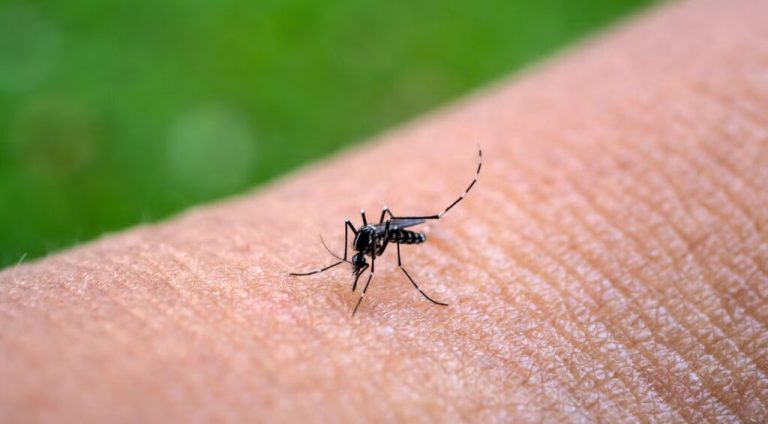The World Health Organization (WHO) has reported a major resurgence of chikungunya virus (CHIKV) disease in 2025, with over 445,000 suspected and confirmed cases and 155 deaths recorded across 40 countries between January and September.
The global total includes both locally transmitted and travel-imported cases, with some WHO regions recording significant increases compared to 2024. However, others are reporting fewer cases, making the overall global trend uneven. Despite this, WHO warns that the potential for further spread remains high, given the scale of ongoing outbreaks worldwide.
Health experts attribute the resurgence to infected travellers introducing the virus into new areas, where local transmission is sustained by the presence of Aedes mosquitoes and a susceptible population. The risk is intensified by low immunity in previously unaffected regions, favorable breeding conditions, limited surveillance, and increased human mobility and trade.
Before 2025, autochthonous transmission of CHIKV had been reported in 119 countries and territories, while 27 others were known to have Aedes aegypti populations but had not yet reported local transmission. Additionally, Aedes albopictus, another mosquito species capable of spreading CHIKV—especially strains with the E1 226V mutation—poses a continuing threat of new outbreaks.
According to WHO, climate change, unplanned urbanization, poor water management, and weakened vector control systems have further contributed to the growing spread of Aedes mosquitoes and the resurgence of the disease.
Chikungunya often leads to high attack rates within communities. In smaller populations, such as islands, transmission may decline once many people gain immunity. However, in larger populations, the virus can persist and lead to sustained, large-scale outbreaks, heavily burdening healthcare systems.
The ability of countries to detect and report chikungunya remains uneven, with many outbreaks recognized only after they have peaked. WHO stresses that early detection, particularly among high-risk individuals, and timely access to medical care are critical to reducing severe complications and deaths.
The organization continues to urge all countries to strengthen disease surveillance, enhance vector control, and improve preparedness and laboratory capacities to ensure rapid detection and effective response to chikungunya and other vector-borne disease threats.


